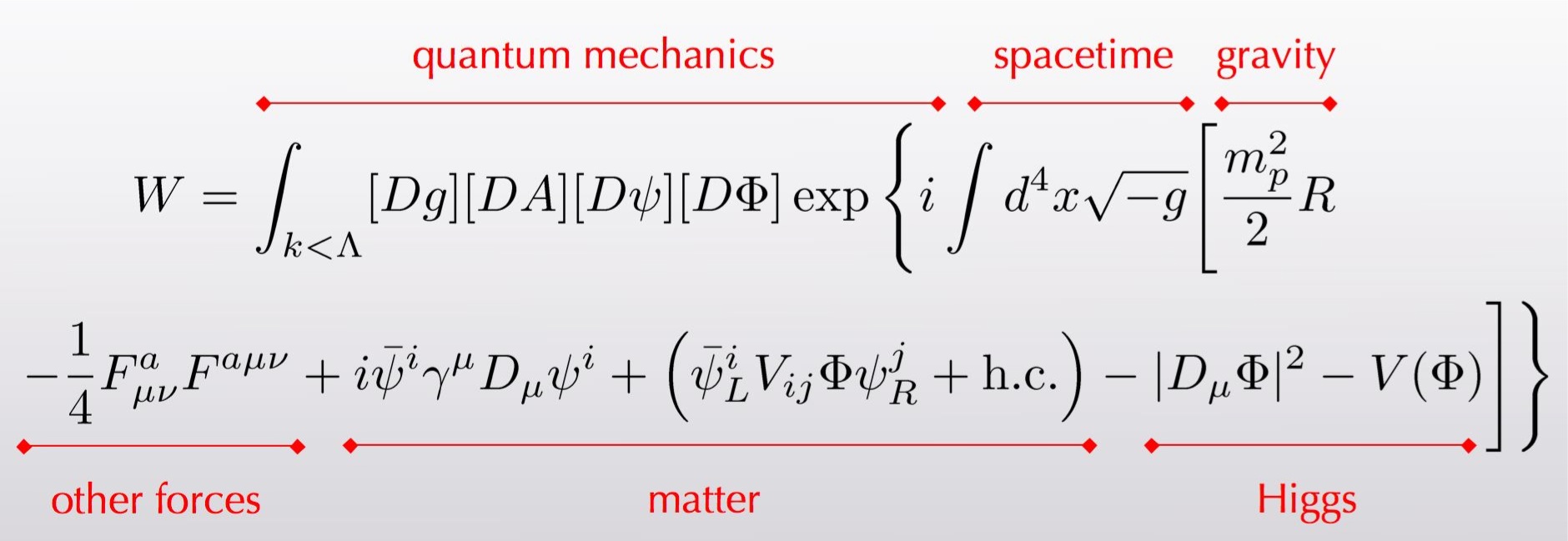This is a repost from February, when LIGO reported its first observation of gravitational waves. This is relevant because last month LIGO reported its second observation, also resulting from inspiraling black holes.
Today, the Laser Interferometry Gravitational-Wave Observatory (LIGO) reported the first observation of gravitational waves. You can read about it in The New York Times (warning: autoplay), on Sean Carroll’s blog, or in comic form. I went straight to Physical Review Letters.
As an undergrad, I did some work on LIGO. Specifically, I was a data analyst looking for exactly the kinds of gravitational waves here observed. Anyway, I’m happy to play the role of your local expert, providing some context and answering any questions.


